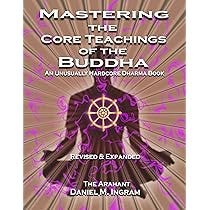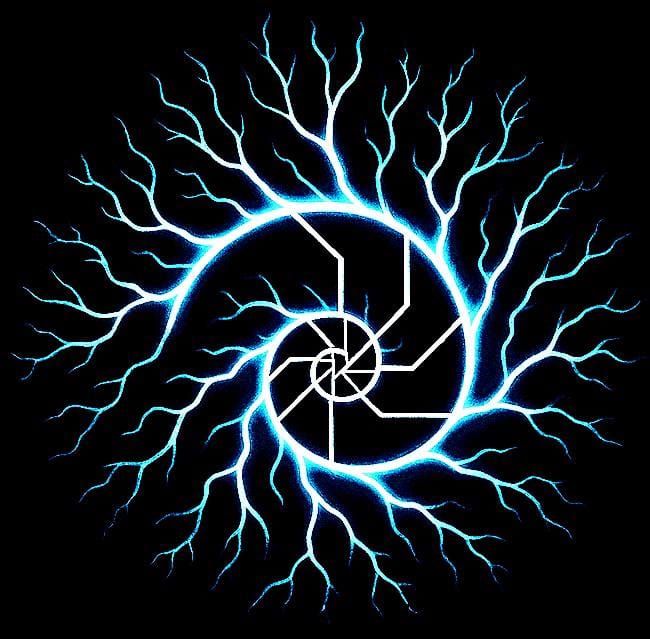The Fifth Joint Point: When Justification Sees Itself

Response to Mind & Mythos: Psychology Finally Has a Unifying Framework
Gregg Henriques' Unified Theory of Knowledge is a magnificent scaffolding, a rare attempt to describe the entire staircase of evolution rather than just a single step.
Thanks for reading! Subscribe for free to receive new posts and support my work.
Matter → Life → Culture.
Four great “joint points,” each a leap in complexity where the universe folds in on itself and begins to know.
It’s an elegant frame, almost too elegant, because if the Tree of Knowledge describes how consciousness rose, it doesn’t yet show how it awakens.
The Fourth Joint Point and It’s Shadow
Henriques' Behavioral Investment Theory explains how organisms manage energy; his Justification Hypothesis explains how humans manage reasons.
Together they describe how language and self-awareness created Culture, networks of shared justification that regulate behavior.
But there’s a missing insight here, one known for 2,500 years to contemplatives and only recently being rediscovered through phenomenology and neuroscience: justification happens after the act.
The nervous system acts first, guided by sensation, habit, affect, and only afterward does the mind weave a story of why.
In Buddhist Psychology, that story-building reflect is dukkha: the subtle tension of maintaining an illusion of control, insisting that “I” was the one who chose.

Mastering The Core Teachings Of The Buddha and the Hidden Continuation
Daniel Ingram’s Mastering the Core Teachings of the Buddha describes what happens when awareness observes itself precisely enough to notice that loop.
The insight stages chart how justification gradually dissolves:
Mind and Body → Cause and Effect → Three Characteristics → Arising & Passing → Dissolution → Fear → Misery → Disgust → Desire for Deliverance → Re-observation → Equanimity → Path → Fruition. Each stage exposes a layer of post-hoc narrative until even the observer collapses into the observed.
The mind recognizes that its “self” was just another sensations among sensations. A commentary mistaken for cause.
This is what I call the Fifth Joint Point: not the birth of another layer of complexity, but the implosion of the fourth, the point where Culture realizes it was consciousness talking to itself the whole time.
From Justification to Immediate Knowing
The fifth point isn’t new knowledge. It’s the recognition that knowing itself is process.
Henriques’ tree climbs upward through matter, life, mind, and culture.
Buddhist phenomenology turns the tree upside down, showing how culture (the world of justification) can re-root in direct perception.
When the body acts without the need to narrate, when thought ceases to defend its own continuity, the nervous system stops burning energy to maintain identity. That is the end of justification, and the beginning of immediate knowing.
A Pocket Ritual
When you next light a candle or start a fire, pause before the flame.
Feel the heat on your palms, that’s Behavioral Investment.
Notice the story your mind begins to tell. That’s justification, arriving late to the scene.
Then exhale, let the thought dissolve, and simply feel warmth without ownership. That’s Awakening.
The Fifth Joint Point is not an achievement; it’s a disappearance. It’s the moment when explanation folds back into experience. When justification becomes transparent, and the universe looks out through your eyes without commentary.
The unifying theory is not a diagram.
It’s a practice.
And the practice is remembering that awareness doesn’t need a reason to exist.
Thanks to one of my readers, I now have a substack. Feel free to follow my work there. Here

Comments ()